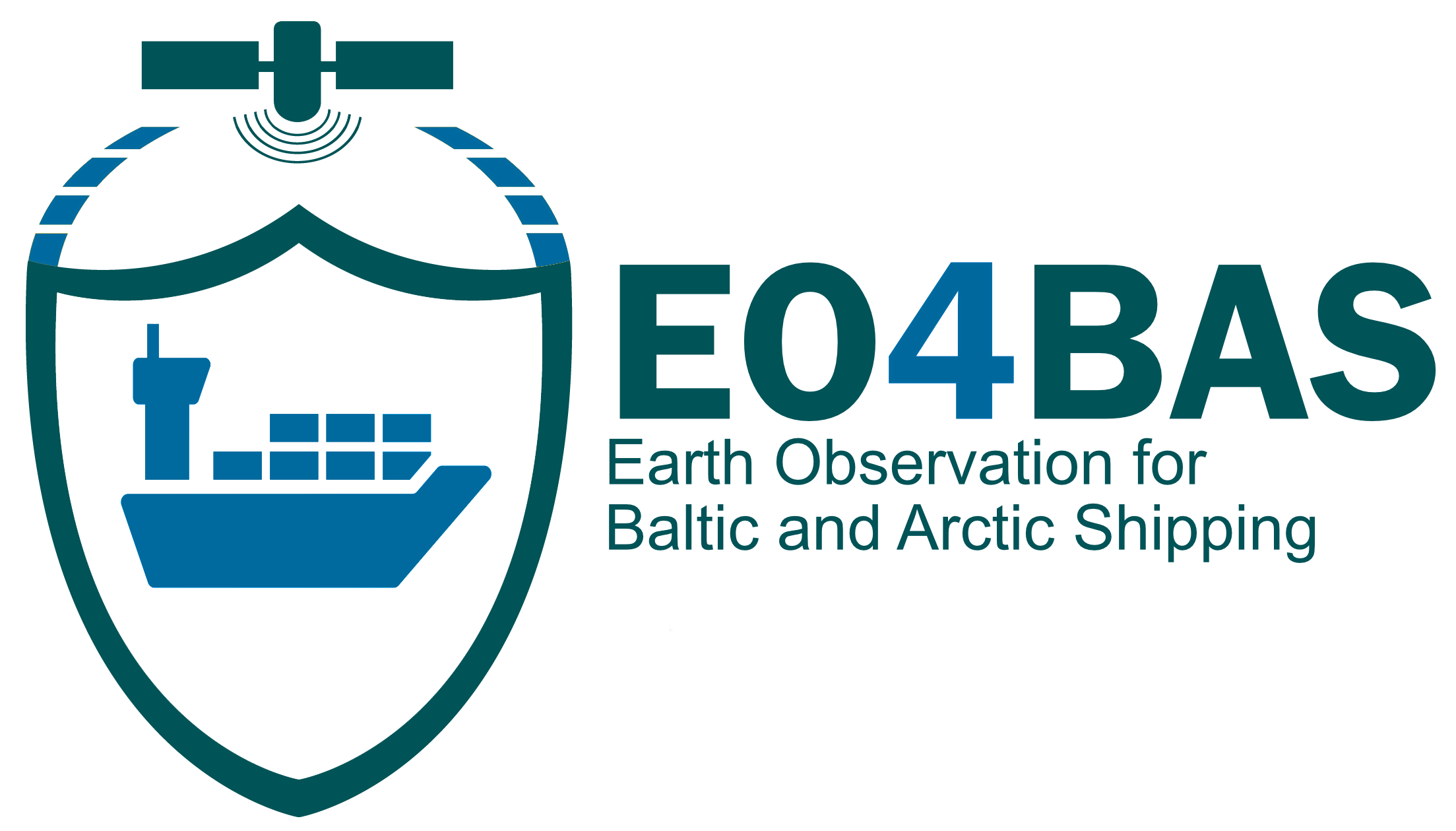Product Description
Description
Product Specifications
Table
Fast ice, also known as land-fast ice, is a type of sea ice that is anchored to the coastline, the sea floor along shoals, or grounded icebergs, Australian Government(2017) and National Snow and Ice Data Center(n.d)
The edge and extension of fast ice is relevant for arctic navigation and regional environmental studies. Methods for fast ice delineation from SAR imagery are based on the results of drifting analysis, i.e. fast ice is the part of the sea ice which does not drift away under the wind and sea current action. The longer the time interval between the SAR scenes, more accurate is the detection of fast ice (the ice drift error is inversely proportional to the time interval).
Product Specifications
BUSINESS PROCESS | SD, IN, SO |
DESCRIPTION | Fast ice is defined by the fact that it does not move with the winds or currents. |
EO INFORMATION OF INTEREST | Sea ice detection and drifting analysis |
MAIN PROCESS STEPS | Fast ice can be detected by two SAR images over the same area, better if acquired at long time intervals, or accessing CMEMS products listed below |
INPUT DATA SOURCE | X-, C- and S-band SAR data; better using VV or HH polarization, where ice features are more evident. |
SPATIAL RESOLUTION AND COVERAGE | Coverage limited to the overlapping area of the two SAR images, spatial resolution up to 10 times the original SAR resolution (some data aggregation are used). Spatial resolution of the final product is depending on the input data, ranging between tens of meters and hundreds of meters. |
ACCURACY / CONSTRAINS | Fast ice mapping requires an accurate land mask |
LIMITATIONS | The main limitation is in the generation of an accurate coast land mask. The interpretation of data can indeed be challenging, especially when handled by personnel without extensive experience in the field. |
TEMPORAL RESOLUTION | Monthly at least; it has to higlighted that long time interval acquisitions better support the detection. |
UPDATE FREQUENCY | Maps can be updated any time a new SAR image is acquired |
DELIVERY / OUTPUT FORMAT | NetCDF-3, NetCDF-4 |
ACCESSIBILITY | Copernicus marine service and Artic hub |
Business Process Challenges
Ship Design (SD) Challenges
Business Process Challenges
Ship Design (SD) Challenges
- SD-1 Environmental Conditions
- SD-2 Defining Ice Class for Vessels
- SD-3 Vessel Concept, dimensions, and design
- SD-4 Material Selection in Ship Design Phase
- SD-5 Deciding design temperature (based on intended operations)
Ship Construction (SC) Challenges
- SC-1 Lifting Operations
- SC-2 Tow Operations
- SC-3 Planning of Sea Trials Outside of Ice Season
- SC-4 Avoiding Ice During Sea Trials
- SC-5 Planning of Sea Ice Trials
- SC-6 Finding Suitable Ice During Sea Trials
- SC-7 Ship Operation in Ice During Sea Trials
Ship Certification (SCE) Challenges
- SCE-1 Defining Operational Limit Temperatures
- SCE-2 Icing Prediction for Vessel Certification
- SCE-3 Risk Assessment for Operations in Ice
- SCE-4 Strategic Planning using Polaris
- SCE-5 Monitoring Ship Icing Conditions During Voyage
- SCE-6 Monitoring Sea Ice Conditions During Voyage
- SCE-7 Defining Design Parameters for Ship Class Rules
- SCE-8 Ship Emission Monitoring
- SCE-9 Ship Monitoring, Location and Operation
- SCE-10 Oil and Substance Spill Monitoring
Insurance (IN) Challenges
- IN-1 Incident Investigation
- IN-2 Understanding the Current and Future Expected Conditions
- IN-3 Ensure compliance of portfolio with Poseidon Principles
- IN-4 Risk evaluating vessels according to POLARIS
Ship Operations (SO)
ChallengesChallenges
- SO-1 Navigating Through Ice
- SO-2 Avoiding Ice Edge
- SO-3 Navigating Along (or just inside) the Ice Edge
- SO-4 Avoiding Ship Icing Conditions
- SO-5 Avoiding Sea Ice
- SO-6 Oil Spill Monitoring
- SO-7 Avoiding Snow Cover on Ice
- SO-8 Strategic Planning
- SO-9 Risk Analysis According to POLARIS
- SO-10 Search & Rescue Operations
- SO-11 Monitoring Vessels Without AIS Transponder
- SO-12 Navigating Waters with Poor Charting
